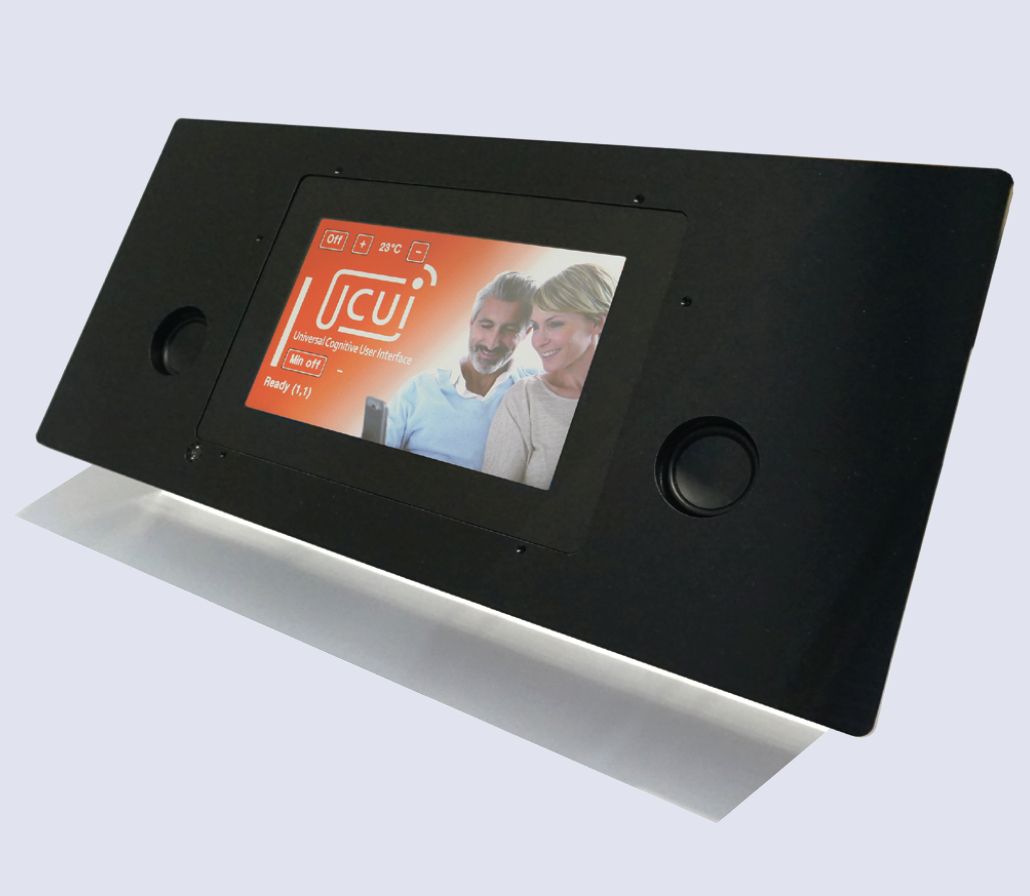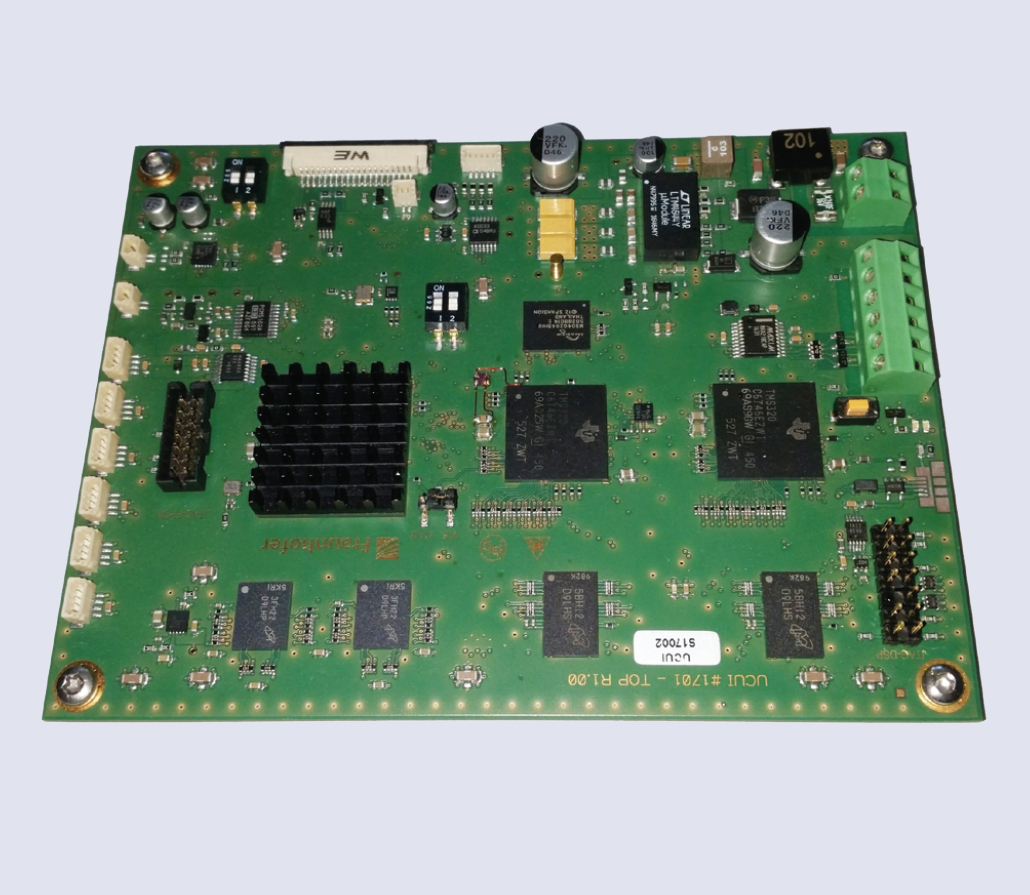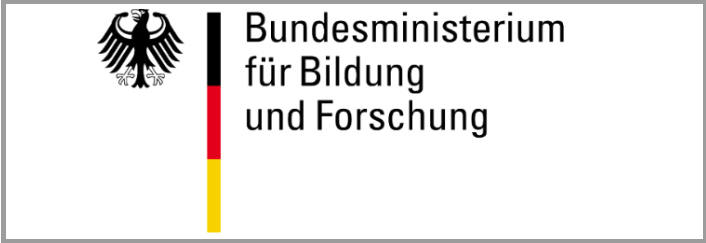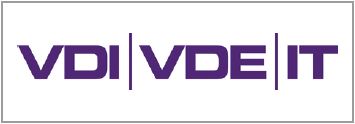
Universal cognitive user interface for device control
Current research



The universal cognitive user interface (UCUI) enables intelligent and intuitive control of devices via various communication channels, such as speech, gestures or touch.
Self-learning system fulfils highest requirements regarding data protection
The Fraunhofer IKTS system learns the individual user behavior and has the advantage that it requires neither an internet connection nor a wireless network to operate. Data are only stored on the device and are not transferred to external servers or a cloud of third-party providers, which guarantees absolute data security. A connection to other UCUI devices is possible only via an encrypted wireless network. The implemented behavior control is based on feature-value relations and is, therefore, capable of handling the meanings of user input from different sources and in different ways, identifying missing information and computing queries to the user. This allows even utterances or inputs without direct meaning to be interpreted correctly.
Manifold potential applications for human-machine or human-computer interaction
The system is interesting for many applications: not only in industrial practice, but also in private environments (smart home) or for medical applications (for instance, voice control for operating devices during surgery). It can be used to operate any device thanks to a standardized interface. Figure 1 shows an application for heating control systems. The system is able to adjust the heating with minimal effort, adapting perfectly to user requirements merely through user interaction and by learning user behavior. Fraunhofer IKTS has developed the hardware (Figure 2) and algorithms for speech recognition and synthesis, which were implemented in digital signal processors (DSP) and field programmable gate arrays (FPGA).
We thank our project partners – the Chairs of Communications Engineering and Applied Media Studies of Brandenburg University of Technology (Cottbus-Senftenberg), Innotec21 GmbH, Javox Solutions GmbH, Agilion GmbH, and XGraphic Ingenieurgesellschaft mbH – for their collaboration, and the German Federal Ministry of Education and Research (BMBF) and VDI/VDE Innovation + Technik GmbH for their financial support (grant no. 16SV7305K).
InfoBox
Funding body: Bundesministerium für Bildung und Forschung (BMBF)
Project sponsor: VDI/VDE Innovation + Technik GmbH
Funding reference: FKZ 16SV7305K
Project partners: BTU Cottbus-Senftenberg, Javox Solutions GmbH, XGraphic Ingenieurgesellschaft mbH, Agilion GmbH, InnoTec21 GmbH
Supported by

